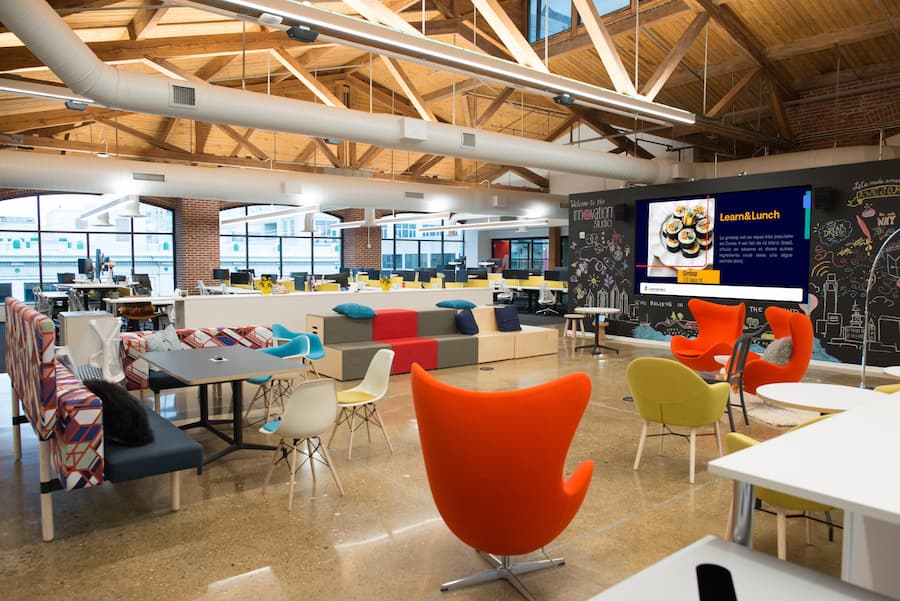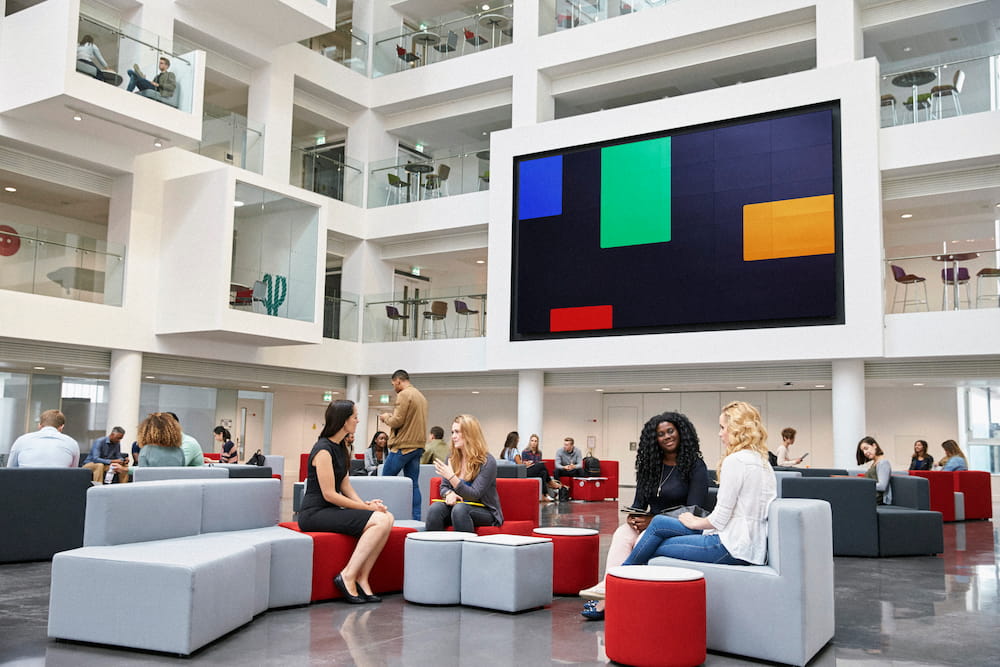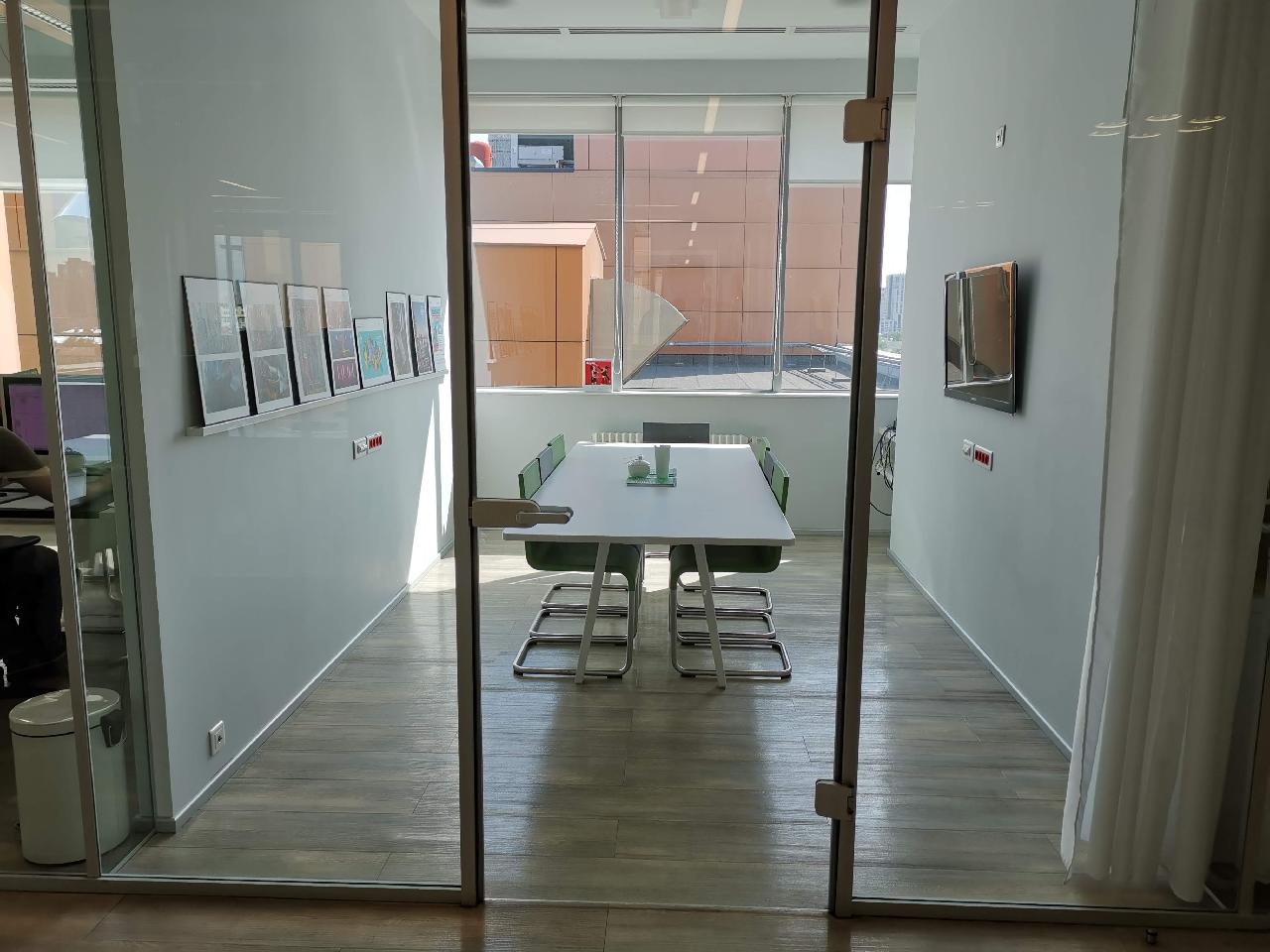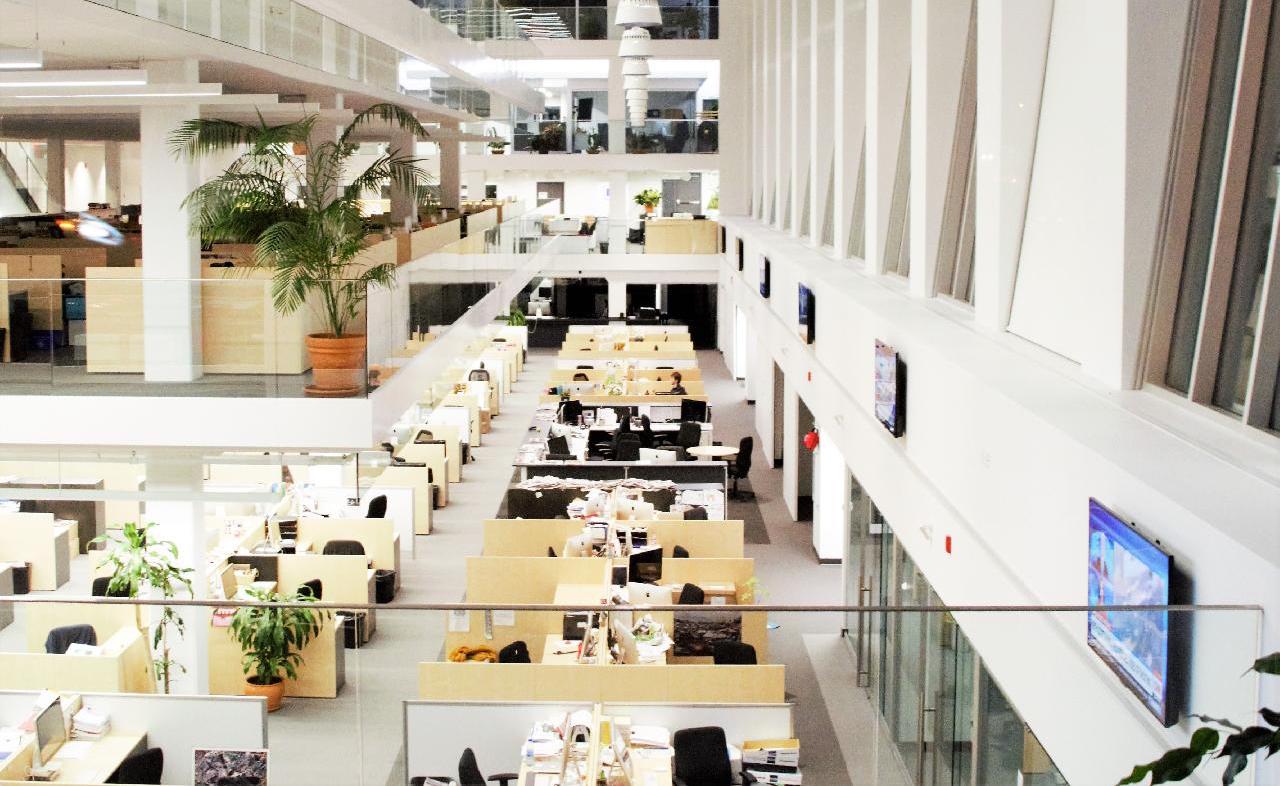While the hybrid work model has existed for some time, it is now gaining ground, prompting companies to rethink their working model. In this scenario, the employee is not 100% teleworking nor 100% on-premises, a way of working with many advantages and which has its fans. The promise of hybrid work? Greater efficiency and flexibility which reconcile work and personal life without sacrificing a real corporate culture and relations between workers is the compromise that is offered by hybrid work.
What is hybrid work?
Hybrid work describes the sharing of working time between remote and on-premises work. Typically, remotely working from home or a different place is limited to one or possibly two days a week. However, employees are sometimes free to choose the balance of telework and on-premises work. Hybridisation has become a habit and has proven beneficial – particularly for productivity – by forcing companies to be more flexible about how their employees work.
The benefits of hybrid work for companies
According to the study of the Boston Consulting Group and Cadre Emploi, 78% of French people are in favour of hybrid work, especially for its promises of time-saving, increased productivity and flexibility.
Increased productivity
Hybrid work boosts efficiency: companies have demonstrated this with the increase in productivity resulting from teleworking, and are now in favour of the flex office. The Cetelem observatory points out in its survey that 38% of respondents noted substantial time-saving due to teleworking.
Cost reductions
The growth of hybrid work guarantees significant savings for businesses in terms of real estate costs and energy consumption. The deployment of teleworking results in smaller premises being needed and consequently significant cost savings.
Attractiveness of the company
Hybrid work is a differentiating element that contributes to a company’s attractiveness. Most applicants would like to benefit from the hybridisation of work, especially younger ones. Companies are aware of the importance of providing a shared way of working, in order to retain employees and provide them with the flexibility needed for their fulfilment.
Hybridisation from the workers’ perspective
Beyond the ability to alternate between different workspaces, it is also with regard to how work is allocated, with fixed working times, that employees would like to see more flexibility.
Balance between teleworking and on-premises work
The study carried out by the Cetelem observatory, points out that most French workers would prefer to mix teleworking with on-premises work. The survey by Cadremploi x Boston Consulting Group backs up this finding: 78% of respondents are in favour of hybridisation, and 48% see themselves working 3 days in the office/2 days teleworking per week.
Choice of the workplace
44% of working people want to work remotely. The reasons? Less time spent travelling, saving money and a certain amount of flexibility. A trend that is aligned with business leaders’ thinking: 79% of them plan to allow their employees to split their time between the company premises and another workplace.
Flexible hours
80% of talent aspire to a more flexible model that gives them the ability to adjust their working hours, to benefit from longer breaks, to start earlier and finish earlier or vice versa.
How to successfully transition to hybrid work?
Developing hybridisation without abandoning your corporate culture and the company’s performance requires connecting the office’s physical workspace with digital technology. Discover how to successfully transition to hybrid work, making collaborative work easier.
Efficient equipment
Companies must provide efficient computing and office equipment given the disparities between private teleworking spaces and company premises. Hybridisation also raises the issue of security: the company’s IT department is responsible for ensuring that employees have all the tools they need to work effectively and securely, no matter where they are physically. Because when employees work remotely, the phenomenon of shadow IT (the use of IT solutions without the IT department’s permission) tends to intensify, potentially increasing cyber-security issues.
Hybrid management
Hybrid work requires adaptation by the management, which implies changing its practices; managing a hybrid team involves different challenges to managing a team that you physically see every day. For example, it is not possible to assess the efficiency of each person in terms of time spent on a task; it is important to establish a culture of results, in which valuing the work achieved is the primary consideration beyond any others. To these ends, the management has a number of ways of keeping its teams motivated and committed:
- Organising regular reviews: via chat and video conference to ensure communication is kept flowing and to maintain proximity with the teams;
- Accepting not being able to control everything: hybridisation depends on trust between the manager who must let go of a certain amount of control and the employees;
- Adopting new practices: collaborative tools encourage interaction both in the office and when teleworking, reconciling corporate culture and results;
- Leaving space for informal time: contacts between employees must be maintained with face-to-face or online team-building initiatives;
- Supporting employees: the boundaries between working and private life remain porous, and the risk of isolation and demotivation is high. To avoid them, employee support systems improve their employee experience.
Strengthen ties with transparent communication
The challenge of the successful transition to a hybrid way of working is to maintain communication between employees. Remotely, contacts occur less spontaneously and frequently, links are weakened and misunderstandings may arise, resulting in time being wasted and a feeling of isolation. Dialogue must therefore be organised in order to be maintained, with communication remaining key to ensure good working conditions; in this context, the installation of a fleet of screens dedicated to corporate digital signage and the use of an application on your Digital Workplace result in gateways between all employees being created. These supplementary communication channels enable highly attractive interactive content to be broadcast, capturing employees’ attention and increasing commitment.
A screen placed in the workspace can broadcast information centrally and automatically throughout the week, also relayed to the desktop or mobile via the Cenareo App integrated into your Digital Workplace. in this way, the company can be certain of offering the same amount of information to all employees, whether they are teleworking, on-premises or in the field. The multichannel Cenareo solution turns all screens into an impactful communication channel able to reach all your employees and facilitate exchanges for customised, contextualised and impactful communication.
Make your transition to hybrid work a success with the Cenareo solution dedicated to managing your fleet of digital signage screens. Flexible and intuitive, these powerful tools take their natural place in the organisation of the company. Bring your teams together with the broadcast of relevant content that encourages memorisation, for a unique experience. Cenareo supports you in defining customised internal communications, increasing the company’s competitiveness and the employees’ well-being.

%20(7).png?width=447&name=Hybrid%20workers%20(1920%20x%201080%20px)%20(7).png)



















